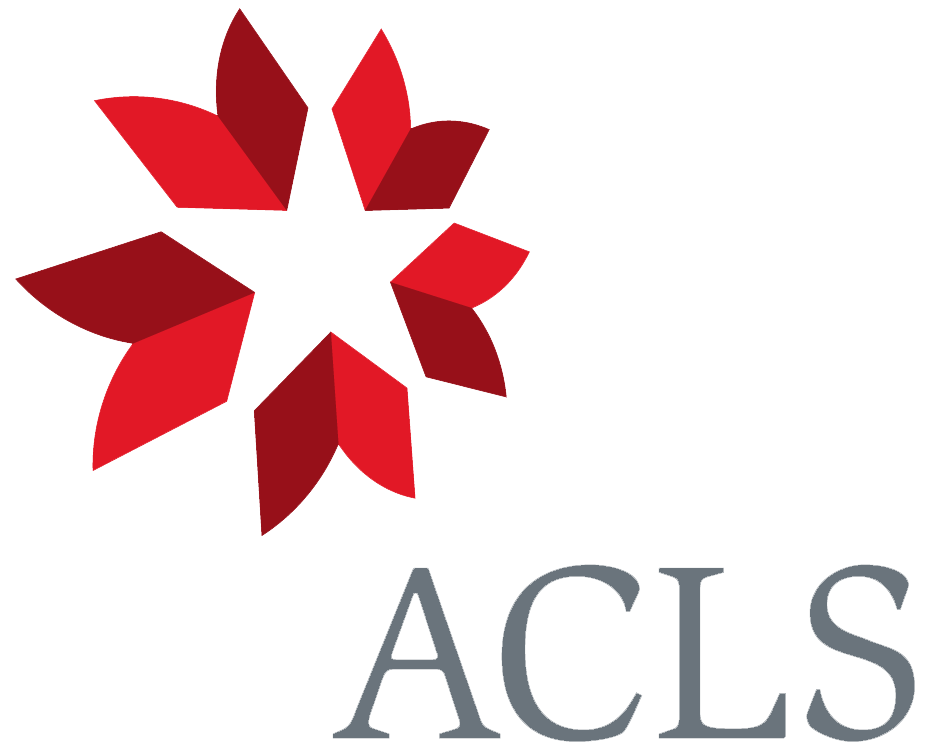From W. M. Canby 1 October 1875
No 1101 Delaware Av. | Wilmington, Delaware, U.S.
Oct. 1st 1875
Mr Charles Darwin, F.R.S. &c
Dear Sir,
I fear you will think me very remiss in not sooner acknowledging the receipt (in perfect order) of the copy of your “Insectivorous Plants” which you were so good as to send me.1 My excuse is that I have just escaped from a year’s engagement in public duties which have entirely absorbed my time and which have required an amount of mental and physical labor which forbade the least attention to more congenial pursuits. But though unexpressed, I have really felt your kindness very much and now beg you to accept my grateful thanks.
Your work is so much a record of careful experiment and acute observation leading to very wonderful but indubitable results, that there can be no adverse criticism; so that all here, including even those most opposed to “Darwinism”, unite in their appreciation of your labors. For myself I may say that although somewhat prepared for these results by intercourse with Dr. Gray2 they have very far exceeded my anticipations and seem to me to be as wonderful as any facts recorded in the history of vegetable physiology.
I think you may feel entirely certain that the blade of the leaf of Drosera filiformis bends or curves more or less around its prey in many cases, and of course this can only come about by a “motor impulse” imparted by the action of the prey on the glands of the tentacles. But an impulse which causes the leaf to bend, as I have seen it, so as to nearly encircle the prey, must be much stronger than that required to cause the delicate tentacles to bend, even to the extent of 90o.3
I might say also that the fluid in the leaves of Darlingtonia seems to show an acid reaction, and that it is said to be much increased by the action of certain salts. I think we shall soon be able to prove the absorbtion of the animal matter by the leaves. It may be considered certain that they have, like Sarracenia variolaris, a sweet secretion or lure on the inside of the hoods and on the appendages.4
I am, dear sir, very truly | Your obliged | Wm M Canby.
I enclose an article cut from a Philadelphia paper but which I suspect was taken from some other publication.5 I have however seen many such notices of your book in different periodicals.
CD annotations
Footnotes
Bibliography
Correspondence: The correspondence of Charles Darwin. Edited by Frederick Burkhardt et al. 29 vols to date. Cambridge: Cambridge University Press. 1985–.
Insectivorous plants. By Charles Darwin. London: John Murray. 1875.
Summary
Acknowledges copy of Insectivorous plants; has observed Drosera filiformis leaves closing around prey.
Letter details
- Letter no.
- DCP-LETT-10179
- From
- William Marriott Canby
- To
- Charles Robert Darwin
- Sent from
- Wilmington, Del.
- Source of text
- DAR 86: B5–B5a
- Physical description
- ALS 4pp †
Please cite as
Darwin Correspondence Project, “Letter no. 10179,” accessed on
Also published in The Correspondence of Charles Darwin, vol. 23


